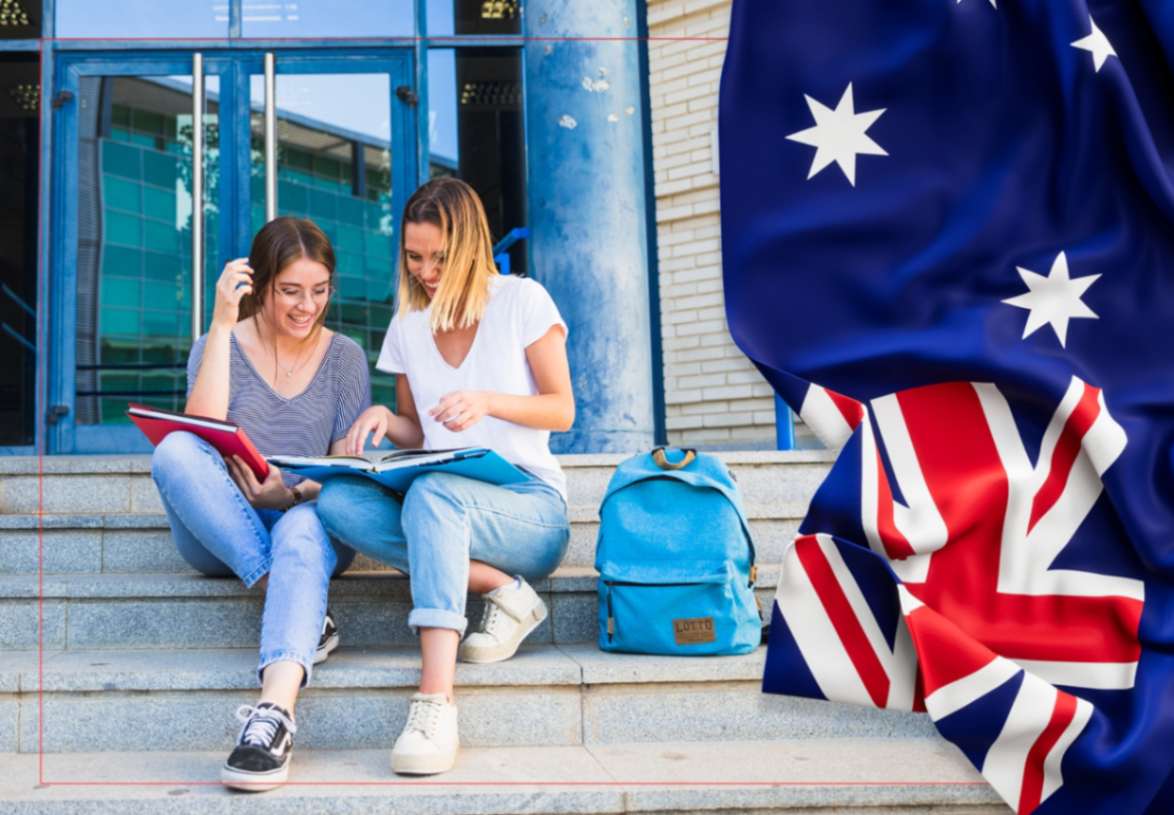Change is a distinct feature of life. Something that is at the helm today, maybe extinct tomorrow. Pocket radios or Kodak cameras are just a couple of the many examples. The same theory applies to ‘rules’ governing and controlling a system. Rules that are applicable and fit perfectly today will be redundant tomorrow, demanding change. However, change of any form is rarely accepted readily, in the first go.
Around 45 days ago, the Australian government issued a statement that it would maintain the current standing of the universities at the assessment level. However, a recent update has shown that several Australian universities have moved from assessment level 1 (AL1) to assessment level 2 (AL2). AL 1 is a lower risk level and AL 2 is a medium risk level, earlier 24 universities were in the lower risk level and now only 16 universities have remained at the level.
The Department of Home Affairs (DHA) has established a formula to assess the risk level of each institution. There are five parameters on which these institutions are assessed, namely rate of visa cancellations, refusals because of fraud, rate of refusals (excluding fraud), increase in unlawful non-citizens and increase in subsequent protection visa applications.
Also Read: Risk Assessment Time: Australian Universities Distressed by Alarming Visa Rejection Rates
Australia is going through a phase of streamlining immigration rules associated with education exports. Be it changing the way how genuine students are assessed in the form of the Genuine Student (GS) requirement, or changing the method universities use to enrol international students everything is being revamped. The objective is to tune it to the demands of the future and have it run smoothly. Just like with any revamping process, as the inefficient part is being chaffed out, there are bound to be some unfavourable repercussions. Here we discuss some of them.
Australia Accepts Reduced Earnings to Maintain Living Standards
There is a decrease in the number of student visa applications being accepted which will have a clear effect on the annual earnings of the government. The international student population in Australia has surpassed 700,000 for the first time in history, a milestone. As the number of temporary entrants in Australia reached a record high of 2.8 million individuals, the government has switched its mode to managing population levels. The latest rule to test a student’s genuine intention to study is a result of this changed approach.
International student visa application refusals crossed 50,000 from November 2023 to February 2024, as immigration officials have to work with increased scrutiny levels imposed by the Australian government. The impact of the latest measure from the Australian government has already started to be seen. Students are already looking for other options to study abroad where things are more stable and less prone to change. Explore your chances to pursue international education by talking to overseas education consultants in Chandigarh.
A decline in visa applications by eight per cent has been reported by the Australian Education Department for the first time in over two years. Experts have already cautioned of the potential impact on the education sector because of the hasty measures to lower the number of students. International education export, valued at nearly $50 billion in 2023, is a significant sector in Australia. At the end of the day, imposing restrictions will result in losing money. But, when we look from the government’s perspective, they want anyone who is living in the country to receive the living standard for which Australia is known.
Action from Education Seekers to Education Providers
New tests are already in place, in the form of genuine student (GS) requirements, to check the genuine intentions of prospective students. All the students who have submitted their applications after March 23, 2024, will have to fulfil this requirement, wherein they will have to answer questions in place of writing a single statement of purpose.
For those seeking education already taken care of, it is time to look at education providers. The government has declared to take action against education providers if they fail to comply with immigration rules. Education providers found at the highest risk will be issued warning notices says a statement from the Department of Home Affairs.
Resilient Steps Taken by The Australian Government
Many may say that the Australian government has become more judgemental as the money is flowing in from education exports. Before pointing our fingers we should pause a minute and visualise the situation. There has been an influx of people after lockdown, and there is an urgent need to take measures to accommodate all of them. The authorities want that everyone and anyone who is on their land should receive the optimal living standard.
Even though the government is aware of the substantial decline in migratory levels as new measures are taken, still it is looking unnerved by the downfall in revenue. The objective is to maintain a balance between the number of people that are coming in and the allocation of enough resources.
The Bottom Line
Universities are complaining of the falling revenue and the government’s bottom line is taking a hit. Yet the government stands resolute as it is understood that there are bound to be some hiccups as the system is revamped. For now, it is important to tread carefully and exercise all required measures before we apply for a student visa. It is advisable to talk to immigration consultants in Gurgaon before applying.





